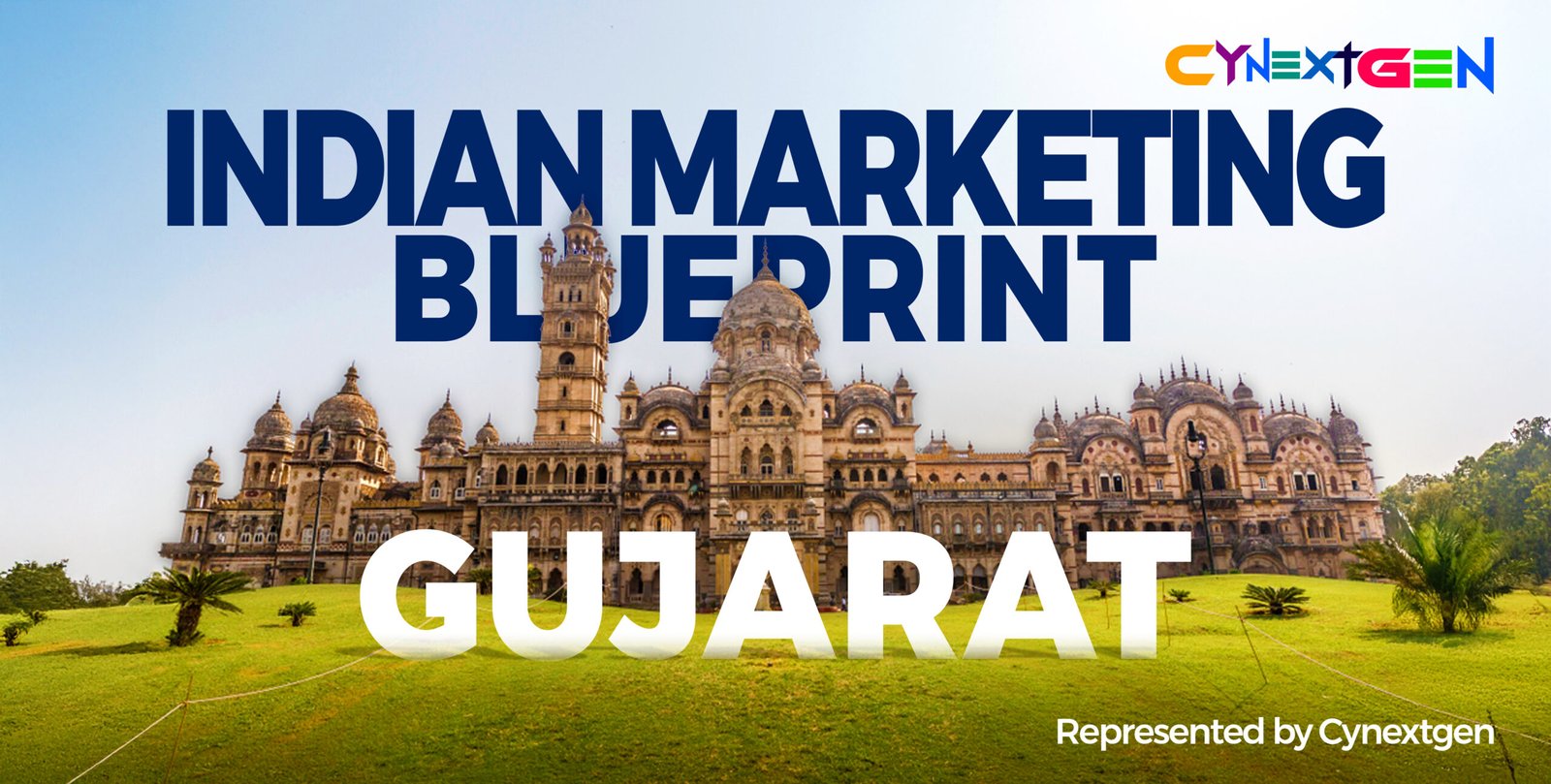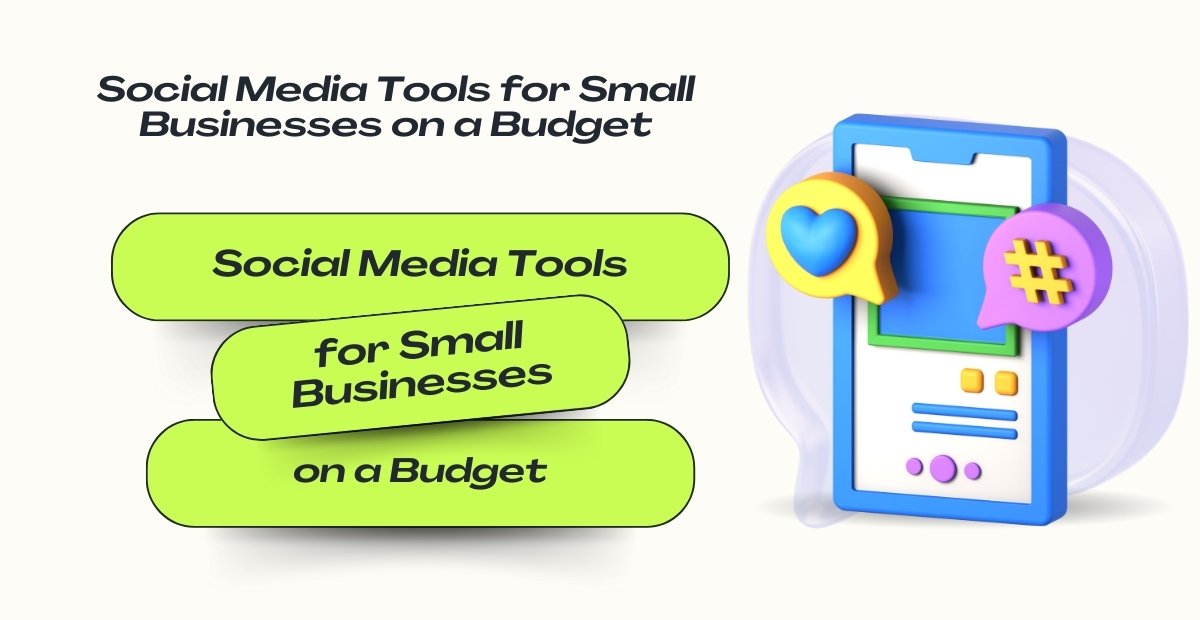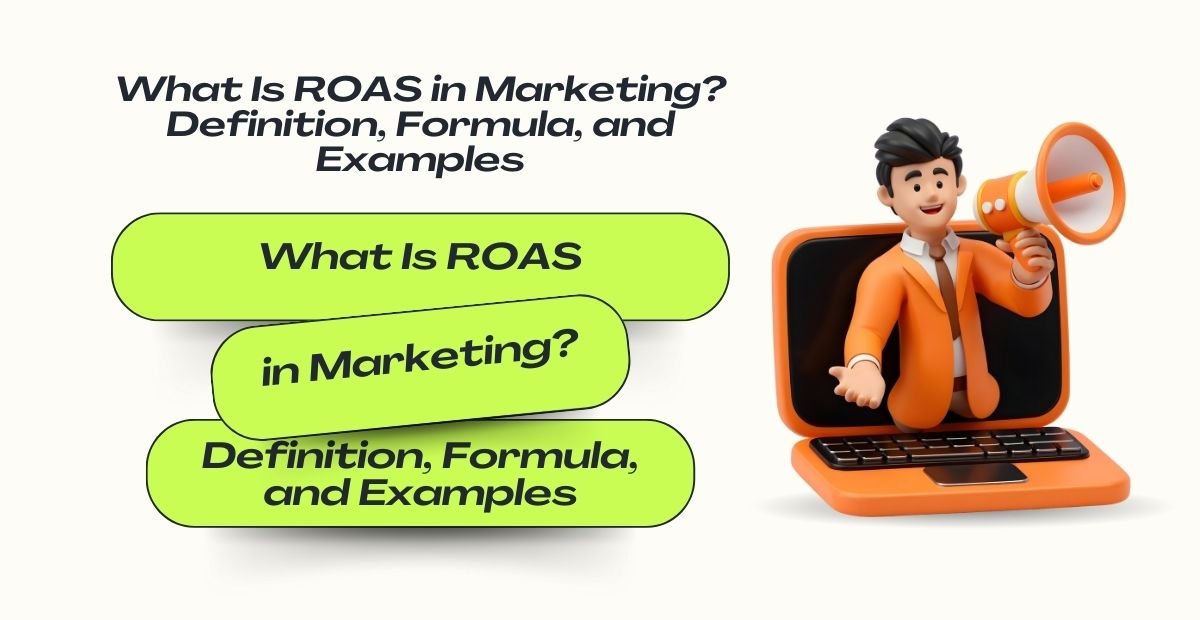
INDIAN MARKETING BLUEPRINT BY CYNEXTGEN AREA – GUJARAT
Last updated on September 16th, 2025 at 07:27 am
Why Is Gujarat a Powerhouse in India’s Economy?
The INDIAN MARKETING BLUEPRINT BY CYNEXTGEN AREA aims to map India’s digital and consumer markets, enabling brands to create impactful campaigns. Gujarat is a standout state, merging traditional commerce with modern industrialization. With a total population of around 73 million in 2025, the state boasts a highly urbanized and digitally connected population.
Manufacturing, textiles, petrochemicals, pharmaceuticals, and EV production make Gujarat a strategic hub. Cities like Ahmedabad, Vadodara, Surat, Rajkot, and Gandhinagar serve as economic engines, while rural areas continue to embrace digital adoption. The rise in mobile-first internet access and platform penetration makes Gujarat one of the most promising markets for targeted marketing campaigns.
How Digitally Active Is Gujarat?
Gujarat has experienced significant growth in internet penetration, with approximately 72% of its population online as of mid-2023. It translates to around 5.18 crore users, split between 3.51 crore urban and 1.67 crore rural users.
Mobile broadband subscribers have surged from 1.8 crore in 2014 to 5.03 crore in 2023. Simultaneously, telecom infrastructure expanded with 1.51 lakh BTS towers and 2.59 lakh km of fibre laid, ensuring fast connectivity even in semi-urban and rural areas.
Mobile-first adoption is particularly notable, with nearly 96% of users accessing the internet via smartphones, making mobile-centric marketing strategies essential for brands targeting the state of Gujarat.
Which Digital Platforms Drive Engagement in Gujarat?
Gujarat’s population interacts with a mix of social, financial, and e-commerce platforms, making multi-channel campaigns highly effective.
Urban Engagement: Ahmedabad, Vadodara, and Surat show strong adoption of WhatsApp, YouTube, Instagram, LinkedIn, and local influencers.
Rural & Semi-Urban Engagement: Smaller towns and villages increasingly use regional language content on platforms like WhatsApp and YouTube, along with e-commerce marketplaces tailored for local languages.
E-commerce & Digital Payments: Platforms like Flipkart, Amazon, Google Pay, PhonePe, and JioMart are widely used, enabling brands to integrate marketing campaigns with commerce, payments, and loyalty programs.
This widespread platform adoption underscores the importance of localized, multi-channel campaigns in effectively reaching both urban and rural audiences.
What Makes Gujarat a Key Market for Brands?
Gujarat is renowned for its manufacturing and industrial dominance, making it an attractive destination for both B2B and B2C businesses.
Major Sectors:
- Chemicals & Petrochemicals: Produces ~50% of India’s petrochemicals and around 30% of its chemical output, with a concentration in the Dahej, Ankleshwar, and Bharuch CPCIR regions.
- Pharma & Biotech: Over 3,300 pharma units contribute ~33–35% of national turnover and exports (~US$5.5 B in FY24).
- Renewables & Green Energy: Solar, wind, and offshore projects worth ₹6,900 crore are underway, including India’s first offshore wind near the Gujarat coast.
- EV & Automotive: Government policies and emerging semiconductor projects make Gujarat a hub for electric vehicle manufacturing.
- Logistics & E-commerce Supply Chain: Strategic ports, expressways, and industrial clusters such as Dholera SEZ enhance distribution and commerce capabilities.
| Sector | Contribution / Facts | Key Locations |
| Chemicals & Petrochemicals | 50% of India’s petrochemicals output | Dahej, Ankleshwar, Bharuch |
| Pharma & Biotech | 3,300+ units; ~US$5.5 B exports | Ahmedabad, Vadodara, Surat |
| Renewable Energy | ₹6,900 Cr ongoing projects | Kutch, Jamnagar, offshore Gujarat |
| EV & Automotive | EV production + battery manufacturing | Sanand, Dholera, Ahmedabad |
| Logistics & Supply Chain | Strategic port access and expressways | Mundra, Kandla, DMIC clusters |
How Are Gujarat’s Customers Spending?
Gujarat’s consumers, especially youth and urban residents, demonstrate significant purchasing power:
- Mutual Funds & Financial Investments: Gujarat’s AUM crossed ₹5.27 lakh crore by June 2025, signaling high financial literacy and retail participation.
- Vehicle Adoption: In FY25, CNG & petrol-CNG vehicles sold ~1.25 lakh units, surpassing petrol-only models, with EVs (~6,200 units) and hybrids (~6,300 units) also gaining traction.
- Lifestyle Spending: Youth in urban areas spend heavily on gadgets, fashion, OTT, fitness, and food delivery, while semi-urban audiences focus on affordable essentials and digital subscriptions.
Understanding these spending trends allows brands to align pricing, product positioning, and campaigns with the financial behavior of each tier.
Which Market Segments Offer High Growth Potential?
Chemicals & Petrochemicals: Industrial clusters in Dahej and Bharuch dominate production and exports.
Pharma & Biotech: Gujarat is India’s largest pharma hub, offering opportunities for B2B, retail, and wellness campaigns.
Renewables & Green Energy: With solar parks and offshore wind projects, eco-friendly product campaigns resonate strongly.
EV & Automotive: Urban millennials respond well to EV test drives, eco-product promotions, and innovative mobility campaigns.
Logistics & E-commerce: Tier-2 and rural adoption is rising due to fast delivery networks, creating demand for packaged goods, D2C brands, and digital financial solutions.
How Can Brands Capture Customers in Gujarat?
Regional Language Campaigns: Ads in Gujarati and Hindi across search, video, and influencer channels lead to improved engagement.
Festival & Event Marketing: Garba during Navratri, textile expos, and EV demo days provide immersive experiences.
Local MSME Integration: Partnering with industrial clusters like Dholera and Sanand amplifies campaigns through co-branded initiatives and trade awareness.
Youth-Oriented Campaigns: Test-drive EV pop-ups, campus activations, and financial literacy contests drive awareness and loyalty.
Case Study – Success:
- Balaji Wafers: Founded in Rajkot in 1974, Balaji leveraged hyperlocal distribution, affordable SKUs, regional taste preferences, and culturally resonant branding to achieve ₹5,000 Cr revenue by 2023, commanding ~90% market share in Gujarat.
Case Study – Failure:
- National Retail Chain Hypermarkets: Large retailers struggled in tier-2 and tier-3 towns due to a poor alignment with local shopping habits, festival cycles, and pricing sensitivity, allowing local grocers and smaller chains to outperform them.
What Campaigns Work Best in Gujarat?
- Experiential Marketing: EV test drives, pop-up food sampling, and artisan storytelling.
- Digital Storytelling: Video content highlighting local textiles (bandhani, patola silk) resonates with regional pride.
- Festival Tie-ins: Ganesh Chaturthi, Navratri, and Diwali bundles increase sales and engagement.
- Financial Literacy Contests: Mutual Fund and SIP Awareness Contests Educate While Driving Participation.
- Influencer Collaborations: Regional influencers bridge cultural and language gaps, creating authenticity.
Key Tips for Tiered Marketing:
- Urban Gujarat: Focus on premium products, lifestyle branding, and eco-conscious campaigns.
- Semi-Urban Gujarat: Emphasize affordability, D2C brands, and value-driven messaging.
- Rural Gujarat: Use hyperlocal approaches with mobile-first campaigns and regional language content.
Conclusion – Why Gujarat Should Be a Core Focus for Brands
Gujarat represents a dynamic mix of industrial growth, digital adoption, and cultural pride. With high internet penetration, mobile-first behavior, and growing financial literacy, the state offers brands a multi-tiered audience that can be effectively targeted through regional language campaigns, festival tie-ins, and experiential marketing.
Cynextgen’s INDIAN MARKETING BLUEPRINT and DIGITAL BHARAT Project emphasize the importance of tier-wise strategies, youth-focused campaigns, and local relevance. Brands that understand the unique socio-economic and cultural fabric of Gujarat can unlock unparalleled growth across urban, semi-urban, and rural markets.





Add Comment